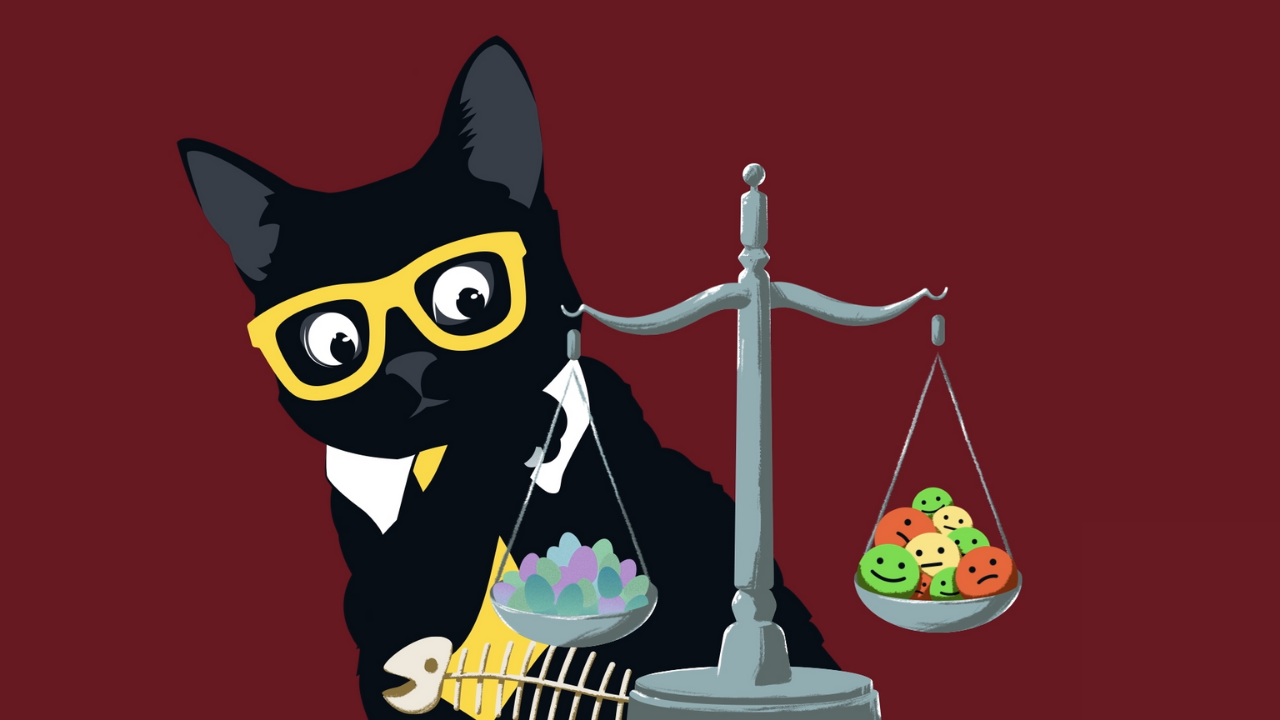RILEY YOUNG: Now that we have our categories that we will use in our conversation reviews, it’s time to take a look at how to best configure them. We will take a look at category weights and critical categories to see how they impact the overall scoring, as well as setting up your categories with root causes. Let’s start with category weights.
NARRATOR: Each category you’ve added to your scorecard now needs to be assigned a weight. This determines how much impact each category has on the overall IQS for the conversation. You can give equal weight to all of your categories,or if some are more important than others, you can customize the weights to reflect this.
RILEY YOUNG: Let’s take a look at a scorecard that has three categories. They are Tone, Solution and Follow-up. For the purpose of this example, let’s imagine that we’re using a binary scale. If we give each category the same weight, then you would be splitting the percentages equally between them. If all three categories are scored as good, then you will get a 100% Internal Quality Score. If we increase the weight of one category, let’s say, Solution – so that it has twice the weight than before, it will now contribute to 50% of the total ticket score.
We can see this by grading Tone and Follow-up as good and Solution as bad. The overall IQS will be 50%. Adjusting the weight can be really useful. If you notice certain categories have been underperforming, you can give them more weight so your reps know that this is something that they need to improve, or else their Internal Quality Score will plummet.
NARRATOR: Another category setting that you should look to adopt is the ability to mark a category as critical. This means that if the category is graded negatively, then the entire conversation will be scored at 0%, regardless of how the other categories scored.
RILEY YOUNG: Critical categories are a great way to enforce a support goal that you never want your support reps to miss. You can also use the critical category to help remove unwanted behavior. If you notice you have a category that your reps are underperforming in, try making it critical for a month and see if your support reps adapt. Be sure to always inform your support reps in advance exactly what the category weights are, and if a category is critical or not.
One final category setting that you should look into is the ability to set root causes, or predefined reasons as to why a category failed. To learn more about this, we are joined by Klaus’ Multimedia Storyteller, Ann for a Tip of the Day.
ANN KAER: In all good stories, there is often a deeper meaning than what is told. The same can be said for your rating categories. While they may tell the tale of how your team is performing, they often lack in telling us the reasons why. Adding predefined reasons for why a category failed can help you gain insight into the root cause of your team’s performance. If the category Followed internal processes is graded as bad, you can now select which specific process was not followed correctly. This helps you pinpoint exactly what went wrong with the conversation. It’s a good idea to implement root causes for each of your rating categories. This will assist you in identifying trends and poor performances and means you can focus your training efforts accordingly.
RILEY YOUNG: Thanks, Ann! Now is a good time to go over your rating categories and to find each category’s weight in regards to the impact it has on your overall score. If a particular category is absolutely critical for your team, then make sure to flag it as such so that the score will automatically be zero if failed. Finally, look to add root causes to your categories where they apply, as this will give you more insight into what exactly is going wrong over time. Make sure to check out our lesson resources below to learn more about rating categories and to help find your very own. Join us for our next video, where we explore the different types of rating scales that you can use to review each category. Ciao!
TRIIN ILVES: What do you call a pile of kittens? A meow-ntain! [drum sting]
